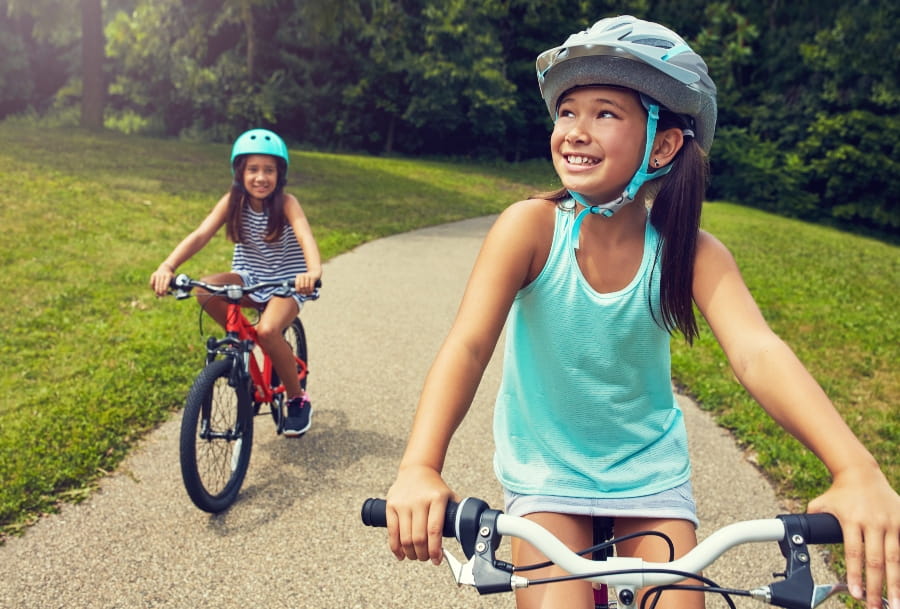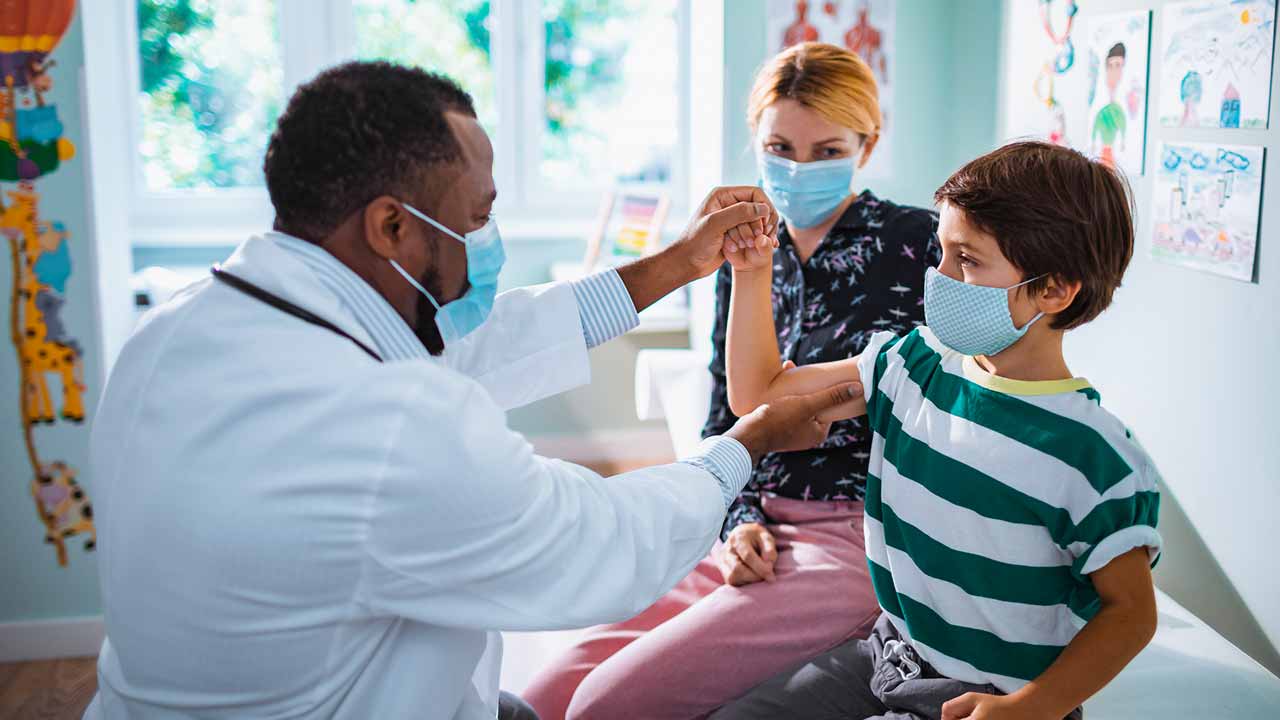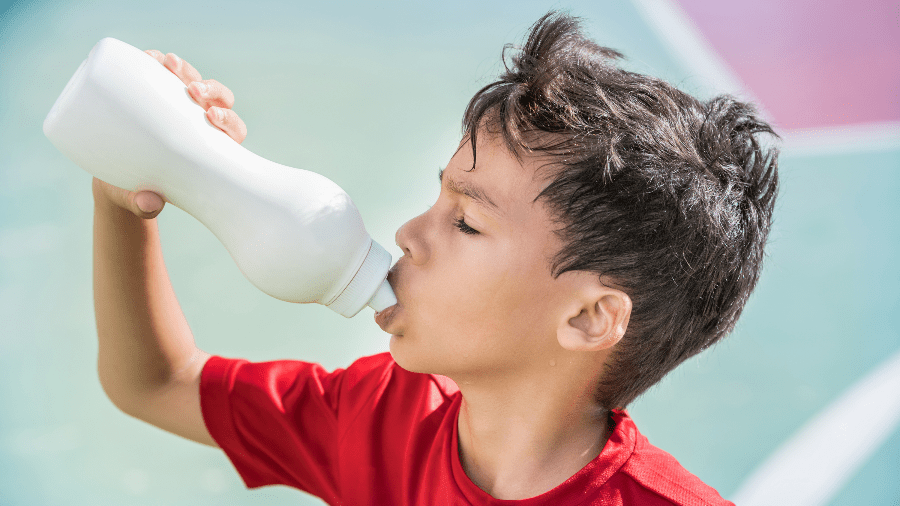Fall Prevention
Pediatric Emergency & Trauma Care
Contact Us
(321) 841-5437
Fall Prevention in Children
Falls are a normal part of your child’s development. As children begin to explore their environment – and crawling and walking soon advance to climbing, running and jumping – it’s no wonder that falls are a common part of childhood. Though most falls result in a few bumps, scrapes and bruises, some falls can cause serious injuries that need immediate medical attention.
Why fall prevention for children is so important:
- Each year, about 2.8 million children visit an emergency department for injuries from a fall.
- Falls are the leading cause of traumatic brain injury, especially among young children.
- Falls account for over 50 percent of nonfatal injuries in children less than 1 year old.
- More than 80 percent of fall injuries occur at home.
- The risk for a fall-related injury at home is double that at a childcare facility.
- Every year, over 3,000 children younger than 5 suffer injuries due to a fall from a window.
- More than 200,000 children aged 14 and younger are treated in emergency departments every year for playground-related injuries. Of these, over 20,000 suffer traumatic brain injuries.
Common Reasons for Falls
- Child’s physical development, such as learning to walk
- Products, such as baby carriers, high chairs and changing tables, not meeting or used according to consumer recommendations
- Poorly maintained playground equipment or inappropriate surfacing
- Hazardous environments
- Inadequate supervision
- Playing at heights, such as stairs, balconies and age-inappropriate playground equipment
- Unsecured furniture
Prevention Tips
Thankfully, many falls can be prevented, and parents and caregivers can play a key role in protecting children. By taking safety precautions such as those listed below, whether you’re at home or out to play, you can help to prevent your busy, active child from taking a dangerous tumble. And remember, supervision, especially for young children, is key.
Windows:
- Properly install window guards.
- Keep windows locked and closed when not in use.
- If your windows open from top and bottom, only open from the top.
- Keep furniture away from windows.
Playground:
- Visit playgrounds with shock-absorbing surfaces, such as rubber or sand, that provide for a more cushioned landing than grass or concrete.
- Read playground signs and use age-appropriate equipment for your child.
- Be aware of other fall risks in play area, such as rocks or tree roots.
- Contact the organization responsible for playground to address safety hazards.
Stairs:
- Use approved safety gates at tops and bottoms of stairs for babies and small children.
- Read the manufacturer’s instructions and warning labels. Not all gates are safe for use at the top of stairs.
- Hold your child’s hand when going up and down stairs.
Furniture:
- Use mounts, brackets, braces, anchors or wall straps to secure furniture and televisions.
- Never let your child climb on furniture or use drawers or shelves as steps.
Sports:
- Make sure your child is wearing a properly sized helmet when participating in activities such as biking, skateboarding, rollerblading, etc.
- Make sure your child wears appropriate protective gear for sports and play, including wrist guards, knee and elbow pads, and a helmet.
Miscellaneous:
- Ensure that walkway areas are clutter-free and well-lit.
- Make sure babies and young children are strapped in to high chairs, infant carriers, swings and strollers.
- If your baby is in a carrier, never place carrier on top of a table or other furniture. Rather, place carrier on the floor.
- Be cautious when your child is learning to walk. Stay close by and keep them away from stairs, hot appliances or cords.
- Use nonslip rugs, and mats or decals in the bathtub.
- Avoid play on high porches, decks, stairs and balconies.
- Always secure your child with harness or safety belt in a shopping cart and never leave child unattended.
- Talk to your child about expected and safe behaviors.









